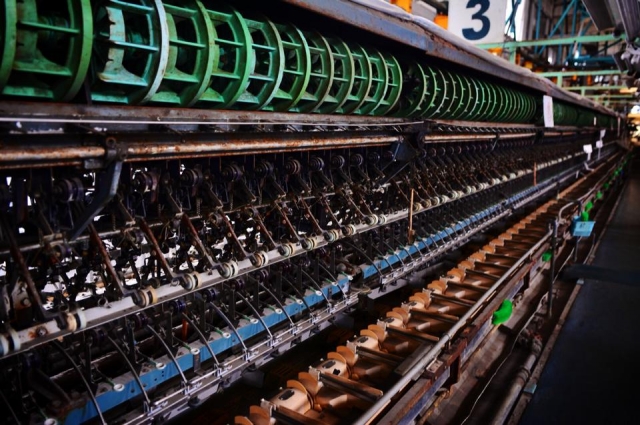Contents
What is Tomioka Silk Mill?

Tomioka Silk Mill and Silk Industrial Heritage Group is a cultural heritage consisting of the Tomioka Silk Mill in Tomioka City, Ma Prefecture, and historic sites related to sericulture scattered in two cities and one town, Isesaki City, Fujioka City, and Shimonita Town, and was registered as a World Heritage Site at the 38th World Heritage Committee Meeting in Doha in June 2014.
Since 2003, the movement to nominate this World Heritage site has been in full swing. The original proposal was to nominate the Tomioka Silk Mill as a World Heritage site, but candidates were also selected from various sites in Gunma Prefecture related to the sericulture and silk industry, as well as the railroads that supported the distribution of these industries.
The initial nomination was made up of 10 cultural properties in 4 cities, 3 towns, and 1 village, but was narrowed down from the viewpoint of proving its value as a World Heritage site, etc. The final selection included Tomioka Silk Mill (Tomioka City), which opened as a model factory under government management and greatly influenced the development of the Japanese silk industry; Seiryoiku, a sericultural technique established by a sericulturalist who influenced the style of sericultural farmers; and the “Seiryoiku” silk factory, which was established by a silk producer who was a member of the “Seiryoiku” silk industry.
The former house of Yahei Tajima (Isesaki City), which was the residence of a person who established the sericultural technique called “Seiyooniku” and influenced the style of sericultural farmers; the site of Takayama Shrine (Fujioka City), which shows the organization that established the sericultural technique called “Seiyooniku” and spread the knowledge and technique through sericultural schools; the storage of silkworm seeds in a cool environment, which enabled sericulture in summer and fall as well as spring.
The four selected properties are: Arafune Fudana (Shimonita Town), which is known as the “wind cave of Arafune,” which contributed to the increase of raw silk production.
How to get there
Public Transportation: Joshu-Tomioka Station of Jyoshin Electric Railway→15 min. on foot
Car: 3 km 10 min. from Tomioka IC of Joshinetsu Expressway (to each municipal parking lot)
Information on parking at Tomioka Silk Mill
Free parking lot
There is a free parking lot just across the railroad crossing from the east side of Jyoshu-Tomioka Station.
It is a 10-minute walk to the Tomioka Silk Mill, but it is recommended as it is free and has a large space.
You can also take the free shuttle bus from here.
Pay parking lot
The municipal parking lot is a 5-minute walk from the Tomioka Silk Mill. The first 30 minutes is free and every 30 minutes thereafter is 100 yen. (Please confirm).
Other paid parking lots and coin-operated parking lots are located near the Tomioka Silk Mill, but be aware that the streets are narrow and one-way in some places, so be careful during busy times.
Conclusion
It was good. The buildings are still there as they were in those days, and I could feel the atmosphere of the time when this place was still in use, so I was able to see it while relaxing and thinking about the past. Inside the building, I was able to learn about the history of the Tomioka Silk Mill. It was great to learn about the clothing and lifestyle of the time.
Official website
http://www.tomioka-silk.jp/tomioka-silk-mill/